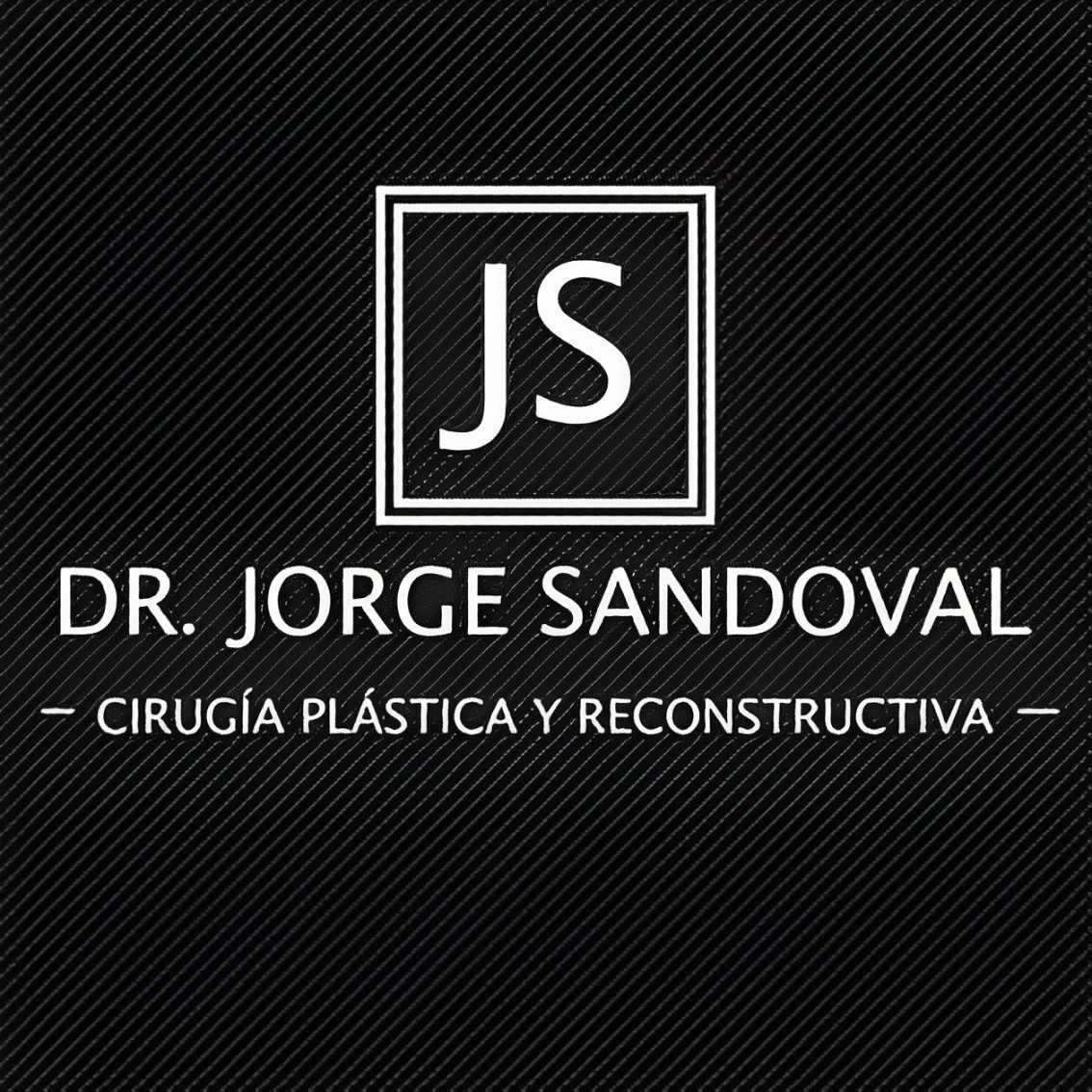Safety Checklist for Labiaplasty in Mexico
.jpg)
Thinking about a labiaplasty can bring up many questions, especially if you're considering having the procedure done abroad. Mexico has emerged as a popular destination for various medical and cosmetic treatments due to its competitive pricing and often high-quality care. When it comes to something as personal and delicate as a labiaplasty, safety is undoubtedly your top concern. You want to ensure you're making an informed decision that prioritizes your health and well-being.
The good news is that many clinics and surgeons in Mexico offer excellent services, adhering to international standards for safety and patient care. However, like any medical tourism venture, it requires careful homework. It's not just about finding a good deal; it's about finding a reputable, experienced professional in a facility that prioritizes patient safety above all else. This detailed guide will answer your pressing questions, helping you navigate the process of considering a labiaplasty in Mexico with confidence and clarity.
Is it truly safe to get labiaplasty in Mexico?
The safety of undergoing labiaplasty in Mexico largely mirrors the safety of any medical procedure abroad: it's highly dependent on the choices you make. Mexico has a robust private healthcare sector, particularly in cities like Tijuana, Cancun, Guadalajara, and Mexico City, which caters to medical tourists. Many of these facilities boast modern equipment, highly trained staff, and strict hygiene protocols comparable to those in the United States or Canada.
The key to a safe experience lies in identifying these top-tier providers. Look for clinics that hold international accreditations, such as those from the Joint Commission International (JCI), which signifies adherence to global benchmarks for quality and patient safety. Additionally, verifying the surgeon's board certification with recognized Mexican medical boards ensures they have met rigorous standards of training and expertise specifically in aesthetic or plastic surgery.
How do I find a reputable labiaplasty surgeon in Mexico?
Finding the right surgeon is paramount. Start by looking for surgeons certified by the Mexican Council of Plastic, Aesthetic and Reconstructive Surgery (CMCPER). This certification indicates that the surgeon has completed the necessary training and passed rigorous examinations. Beyond certification, seek a surgeon who has specific, demonstrable experience performing labiaplasty procedures.
Patient testimonials and before-and-after photos can offer valuable insights into a surgeon's skill and patient satisfaction. Many reputable clinics will also offer virtual consultations, allowing you to discuss your goals, understand the procedure, and assess the surgeon's communication style and expertise before you travel. Don't hesitate to ask for references or to speak with former patients if possible.
What are the typical costs for labiaplasty in Mexico compared to the US or Canada?
The cost-effectiveness is a major draw for individuals considering labiaplasty in Mexico. Prices can vary depending on the surgeon's reputation, the clinic's location, the complexity of the procedure, and whether it's combined with other treatments. However, generally, you can expect substantial savings.
Here's a general comparison:
| Location | Estimated Cost Range |
|---|---|
| United States | $4,000 - $8,000+ |
| Canada | CAD 4,500 - CAD 9,000+ |
| Mexico | $1,500 - $4,000 |
These figures often include surgeon's fees, anesthesia, and facility costs. Always confirm what is included in the quoted price to avoid any surprises.
What are the risks associated with labiaplasty, regardless of location?
Understanding the inherent risks of labiaplasty, irrespective of where it's performed, is essential for informed consent. While generally a safe procedure, potential complications can include:
- Infection: Though uncommon, infections can occur at the surgical site.
- Bleeding: Some bruising and swelling are normal, but excessive bleeding is a rare complication.
- Scarring: While surgeons aim for minimal and discreet scarring, individual healing varies.
- Asymmetry: Despite best efforts, slight asymmetry can sometimes occur.
- Numbness or altered sensation: Temporary changes in sensation are possible, and in very rare cases, can be permanent.
- Pain or discomfort: Post-operative pain is expected and managed with medication.
Choosing a highly experienced surgeon significantly minimizes these risks, as does diligently following all pre- and post-operative instructions.
Are medical standards and regulations in Mexico comparable to those in other developed countries for cosmetic procedures?
Mexico operates a dual healthcare system: a public system for citizens and a robust private system that largely serves medical tourists and those with private insurance. It is within this private sector that you'll find facilities striving to meet global benchmarks.
Many private hospitals and clinics in popular medical tourism destinations invest heavily in state-of-the-art technology, staff training, and rigorous safety protocols to attract international patients. Accreditations from organizations like the Joint Commission International (JCI), the American Association for Accreditation of Ambulatory Surgery Facilities (AAAASF), or the Mexican General Health Council (Consejo de Salubridad General) are strong indicators of quality and safety. Always confirm these accreditations for the facility where your procedure will take place.
What is the recovery process like after labiaplasty, and is follow-up care available when returning home?
The immediate recovery period for labiaplasty typically involves a few days to a week of significant swelling, bruising, and discomfort, which can be managed with prescribed pain medication. Most patients return to light activities within 1-2 weeks, but strenuous exercise, tampon use, and sexual activity should be avoided for 4-6 weeks to allow for proper healing.
When planning your trip, consider staying in Mexico for at least a week post-procedure for initial follow-up with your surgeon. Many clinics are experienced in managing international patients and can arrange virtual follow-up appointments once you return home. It's also wise to inform your local physician about your procedure so they can assist with any follow-up care or concerns that may arise.
What questions should I ask a Mexican clinic or surgeon before deciding on labiaplasty?
Preparing a list of questions is crucial for making an informed decision. Here are some key questions to ask:
- Are you a board-certified plastic surgeon in Mexico, and can I see your credentials?
- How many labiaplasty procedures have you performed, and what is your preferred technique?
- What are the potential risks and complications, and how are they managed?
- Is the facility where the surgery will take place accredited by international or national bodies?
- What type of anesthesia will be used, and who will administer it?
- What is the total cost, and what exactly is included (surgeon's fee, anesthesia, facility, follow-up, medications)?
- What is the post-operative care plan, and how will follow-up be handled once I return home?
- Can I see before-and-after photos of your previous labiaplasty patients?
- What is your policy regarding revisions if the outcome isn't satisfactory?
Can I combine labiaplasty with other procedures in Mexico?
One of the advantages of medical tourism is the potential to combine multiple procedures, often at a lower overall cost. Many patients choose to pair labiaplasty with other aesthetic surgeries like breast augmentation, tummy tucks, or even dental work, to optimize their travel and recovery time.
However, it's vital to discuss any such plans thoroughly with your surgeon. Combining procedures increases the total operating time and the overall stress on your body, which can elevate risks. Your surgeon will assess your health, the complexity of each procedure, and your recovery capacity to determine if combining them is safe and appropriate for you. They will prioritize your safety and advise on a realistic treatment plan.
What legal recourse do I have if something goes wrong with my labiaplasty in Mexico?
While most procedures go smoothly, it's important to understand your options in the rare event of a complication or dissatisfaction. Pursuing legal action in a foreign country can be challenging due to differences in legal systems, language barriers, and jurisdiction. However, Mexican law does allow for medical malpractice claims.
Patients may need to engage a local Mexican attorney specializing in medical law. Some medical tourism facilitators also offer assistance or have established protocols for addressing patient concerns. It's crucial to have clear, written agreements with your clinic outlining their policies regarding complications, revisions, and potential refunds before undergoing surgery.
How does medical tourism insurance work for procedures like labiaplasty in Mexico?
Standard travel insurance typically doesn't cover elective medical procedures or complications arising from them. This is where specialized medical tourism insurance comes in. Policies specifically designed for medical travelers can offer an essential safety net.
This type of insurance can cover:
- Complications coverage: Costs associated with treating unforeseen medical complications arising directly from the surgery.
- Emergency medical evacuation: If you need to be transported to a higher-level facility or back to your home country.
- Trip interruption/cancellation: For non-medical reasons or if your procedure is postponed.
- Extended stay expenses: If you need to stay longer than planned due to recovery or complications.
Carefully review policy details to understand what is and isn't covered, including limits and deductibles, to ensure it aligns with your needs for your labiaplasty in Mexico.
Ready to explore your options for labiaplasty or other medical tourism solutions? Visit PlacidWay to connect with accredited clinics and experienced surgeons worldwide.


.png)





-for-Vancouver-Patients-in-Guadalajara,-Mexico.jpg)

.png)






Share this listing